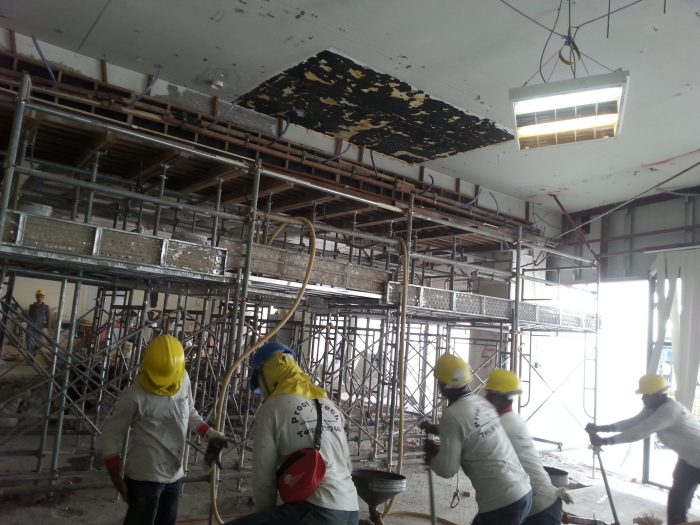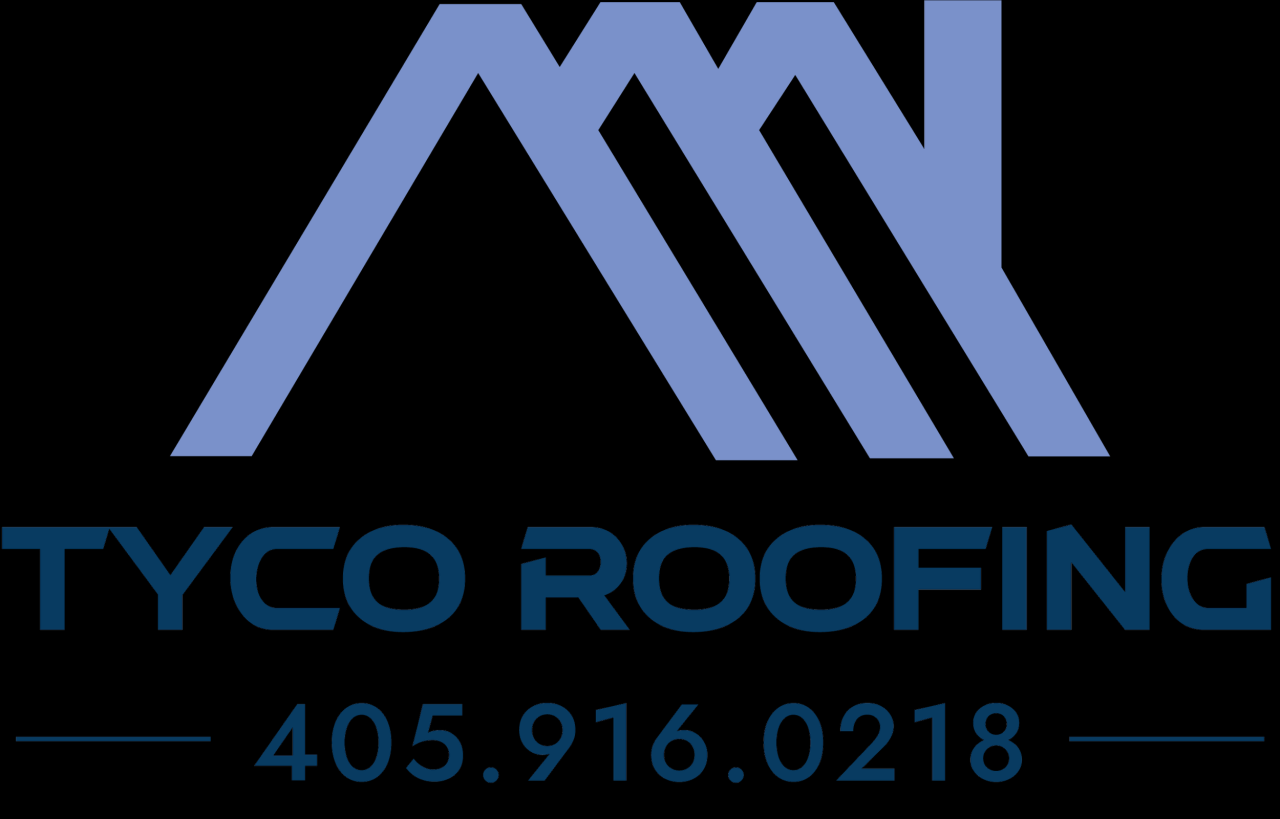Exploring the World of Structural Repair Contractors
Embark on a journey through the realm of structural repair contractors, where expertise meets innovation to solve complex challenges in the construction industry. From repairing cracks to reinforcing foundations, these professionals play a crucial role in ensuring the safety and longevity of buildings.
Overview of Structural Repair Contractors
Structural repair contractors are professionals who specialize in repairing and restoring the structural integrity of buildings and other structures. They are skilled in identifying, diagnosing, and fixing issues related to a building's foundation, walls, roof, and other structural components.
Types of Services Offered
Structural repair contractors offer a wide range of services, including:
- Foundation repair: Addressing issues such as cracks, settling, or shifting in the foundation.
- Wall stabilization: Fixing leaning or bowing walls to prevent further damage.
- Roof repair: Repairing or replacing damaged roof components to prevent leaks and water damage.
- Structural reinforcement: Strengthening weak or compromised structural elements to improve stability.
Importance of Hiring Qualified Contractors
It is crucial to hire qualified structural repair contractors for several reasons:
- Expertise: Qualified contractors have the necessary skills and experience to assess and address structural issues effectively.
- Safety: Proper repairs ensure the safety of occupants and protect the structural integrity of the building.
- Compliance: Qualified contractors adhere to building codes and regulations, ensuring that repairs meet required standards.
Examples of Situations Requiring Structural Repair Contractors
Structural repair contractors are needed in various situations, such as:
- Cracks in the foundation causing water leakage and structural damage.
- Bowing walls indicating potential foundation issues.
- Roof leaks leading to water damage and mold growth.
Qualifications and Certifications
To become a successful structural repair contractor, individuals must possess a combination of specific qualifications and certifications. These ensure that they have the necessary knowledge, skills, and expertise to carry out structural repairs effectively and safely.
Qualifications Required
- A high school diploma or equivalent is typically the minimum educational requirement for aspiring structural repair contractors.
- Many contractors also pursue additional education in construction management, engineering, or related fields to enhance their knowledge and skills.
- Hands-on experience in the construction industry, particularly in structural repair work, is invaluable for gaining practical skills and expertise.
- Strong problem-solving abilities, attention to detail, and the ability to work well under pressure are essential qualities for success in this field.
Certifications Available
- National Association of Home Builders (NAHB) Certified Graduate Remodeler (CGR): Focuses on remodeling and renovation projects, including structural repairs.
- Structural Repair Association (SRA) Certification: Provides training and certification specifically for structural repair contractors, covering a wide range of repair techniques and procedures.
- Occupational Safety and Health Administration (OSHA) Certification: Ensures that contractors are knowledgeable about workplace safety regulations and practices.
Importance of Certifications
Certifications play a crucial role in the structural repair industry by demonstrating a contractor's commitment to high standards of professionalism, safety, and quality workmanship. They also provide clients with peace of mind knowing that their repair projects are being handled by qualified and competent professionals.
Common Structural Issues
Structural issues in buildings can arise due to various reasons and can have serious implications for the safety and integrity of the structure. Here are some common structural issues that may require the expertise of repair contractors:
Foundation Cracks
One of the most common structural issues in both residential and commercial buildings is foundation cracks. These cracks can be caused by settling of the foundation, poor construction practices, or soil movement. If left unaddressed, foundation cracks can lead to further structural damage and compromise the stability of the building.
Roof Leaks
Roof leaks are another common structural issue that can occur in buildings. Leaking roofs can lead to water damage, mold growth, and structural deterioration. Repair contractors may need to assess the extent of the damage and repair or replace the roofing materials to prevent further issues.
Wall Movement
Wall movement, such as bowing or leaning walls, can indicate underlying structural problems in a building. This can be caused by issues with the foundation, unstable soil, or poor construction techniques. Repair contractors may need to reinforce the walls or address the root cause of the movement to ensure the structural stability of the building.
Repair Techniques and Materials
Repair techniques and the materials used are crucial aspects of structural repair projects. Quality materials and proper repair techniques are essential for ensuring the longevity and durability of the structure. Let's explore the different repair techniques used by structural repair contractors and the importance of using quality materials in these repairs.
Different Repair Techniques
- Carbon Fiber Reinforcement: This technique involves the use of carbon fiber sheets or strips to strengthen and stabilize cracked or damaged concrete structures. It is a modern and effective method that provides added strength without adding significant weight.
- Epoxy Injection: Epoxy injection is a common method used to repair cracks in concrete structures. It involves injecting epoxy resin into the cracks to fill and seal them, restoring the structural integrity of the concrete.
- Steel Reinforcement: Steel reinforcement involves the use of steel bars or mesh to reinforce and strengthen concrete structures. This traditional method has been used for decades and is known for its durability and strength.
Importance of Quality Materials
Using high-quality materials in structural repairs is essential for ensuring the longevity and effectiveness of the repair work. Inferior materials can lead to premature deterioration of the structure and may result in the need for costly repairs in the future.
Quality materials provide better structural integrity and resistance to environmental factors, ensuring the stability and safety of the repaired structure.
Comparison of Traditional and Modern Techniques
| Traditional Repair Methods | Modern Techniques |
|---|---|
| Often labor-intensive and time-consuming | More efficient and faster |
| May require more maintenance over time | Offer enhanced durability and longevity |
| Relatively lower initial cost | Long-term cost-effectiveness due to reduced need for frequent repairs |
Cost Factors and Budgeting

When it comes to structural repair projects, understanding the cost factors involved and effectively budgeting for them is crucial for a successful outcome.
Determining Project Cost
Determining the cost of a structural repair project involves several factors, including the extent of damage, materials needed, labor costs, equipment rental, and any additional services required. Structural repair contractors typically conduct a thorough assessment of the damage and create a detailed estimate based on these factors.
Influencing Factors
Several factors can influence the cost of structural repairs, such as the complexity of the repair, accessibility to the damaged area, the need for specialized equipment, and the availability of materials. Additionally, the location of the structure, local building codes, and permits can also impact the overall cost.
Budgeting Tips
- Get multiple quotes from different structural repair contractors to compare prices and services.
- Allocate a contingency fund for unexpected expenses that may arise during the project.
- Prioritize repairs based on urgency and safety concerns to manage costs effectively.
- Communicate openly with your contractor about your budget limitations to find cost-effective solutions.
- Consider long-term savings by investing in high-quality materials and workmanship to prevent future structural issues.
Case Studies and Success Stories
Case studies and success stories provide valuable insights into the world of structural repair contractors. These real-life examples showcase the challenges faced and the innovative solutions implemented by these professionals.
Case Study 1: Foundation Repair Project
In this case study, a structural repair contractor was faced with a foundation that had settled significantly, causing cracks in the walls and uneven floors. The contractor conducted a thorough assessment of the foundation and devised a plan to stabilize it using helical piers.
Despite the complexity of the project, the team successfully lifted and leveled the foundation, restoring the structural integrity of the building.
Case Study 2: Structural Beam Replacement
In another challenging project, a structural repair contractor was tasked with replacing a severely damaged structural beam in an older building. The team had to carefully remove the existing beam and install a new one while ensuring the safety of the occupants and preserving the historical integrity of the structure.
Through meticulous planning and precise execution, the contractor completed the project successfully, reinforcing the building's structural stability.
Success Story: Seismic Retrofitting Project
One notable success story involves a structural repair contractor who specialized in seismic retrofitting. The contractor worked on a high-rise building in a seismic zone, implementing advanced retrofitting techniques to enhance the building's resistance to earthquakes. Despite the technical challenges posed by the project, the contractor's expertise and attention to detail resulted in a seismic retrofit that exceeded the client's expectations and ensured the safety of the building's occupants.
Final Summary
As we conclude our exploration of structural repair contractors, it becomes evident that their skills and dedication are indispensable for maintaining the structural integrity of buildings. From overcoming obstacles to delivering successful outcomes, these contractors truly are the unsung heroes of the construction world.
Q&A
What are the qualifications required to become a structural repair contractor?
To become a structural repair contractor, one typically needs a combination of relevant education, training, and certifications in construction and engineering.
How do structural repair contractors determine the cost of a project?
The cost of a project is usually determined based on factors such as the extent of damage, materials needed, labor costs, and any additional structural reinforcements required.
Can structural issues impact the safety of a building?
Absolutely, structural issues can compromise the safety and integrity of a building, making it essential to address them promptly with the help of qualified contractors.




